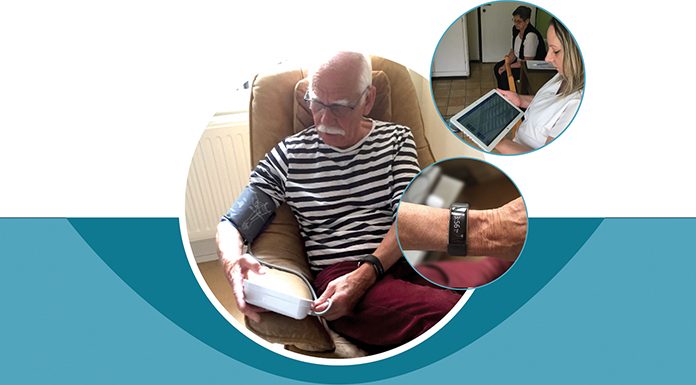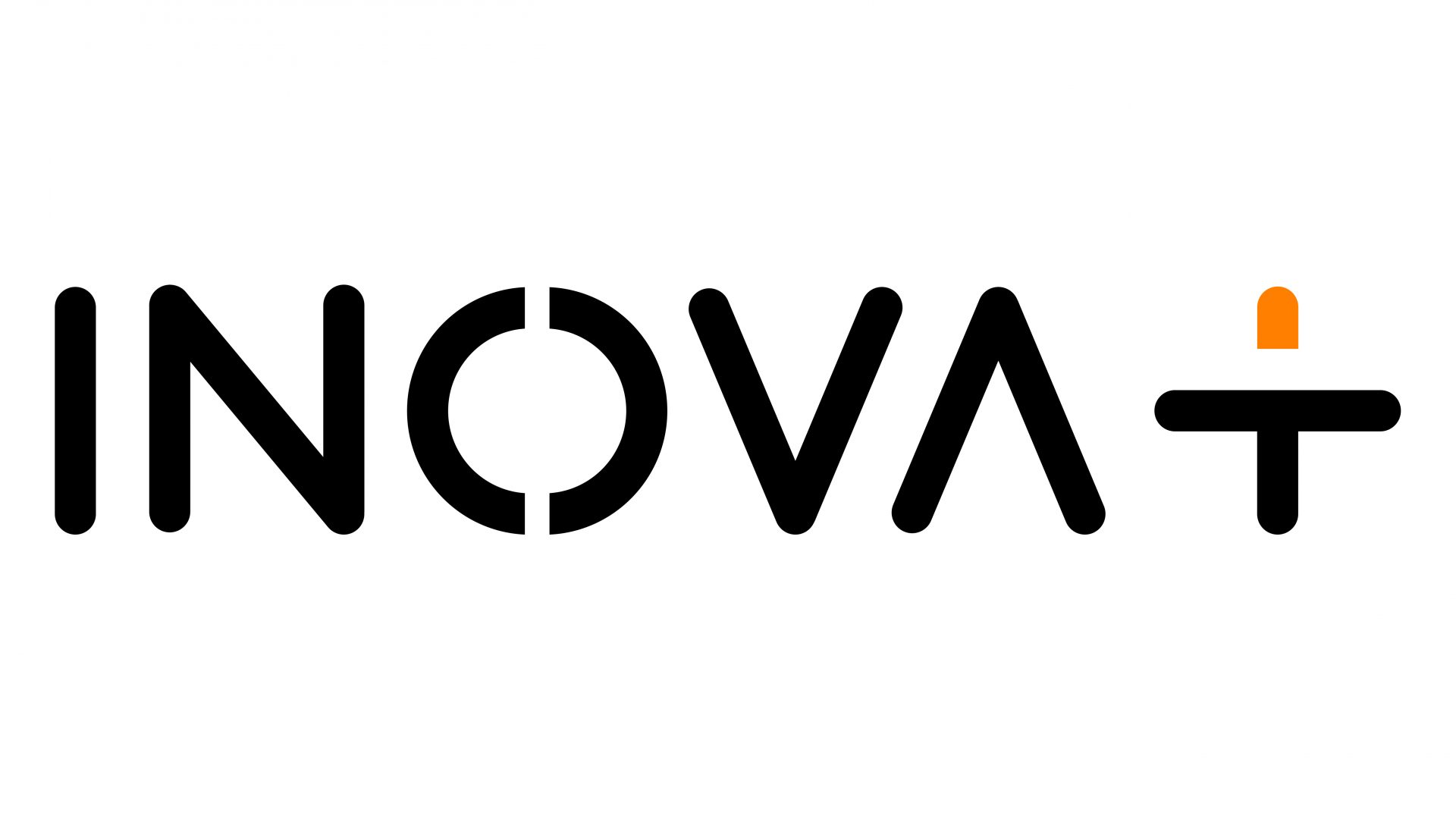
INOVA+ discusses the Organisational Life Assistant – a virtual presence to provide a healthier, safer and more organised life for older adults
The European Commission’s 2015 Ageing Report predicts life expectancy at age 65 to drastically increase between 2013 and 2050,1 while the World Health Organization predicts the number of seniors to total two billion by 2050, with its proportion nearly doubling between 2015 and 2050.2
Furthermore, current demographic statistics present a tendency for increasing urbanisation and migration which, when combined with ageing, will result in higher numbers of elderly individuals living alone who need care assistance. Delivery of this health service will be unsustainable due to high demand caused by the reduced number of family members available to care for older adults, and to the limited accessibility of conventional human-computer interfaces in senior populations.
The Organisational Life Assistant (OLA) project is supported by the Active and Assisted Living Programme (AAL) aiming to provide an answer to this societal challenge through a virtual presence that supports daily living needs in older adults’ instrumental activities.3
User needs and research
The OLA platform facilitates the daily activities of:
- Seniors – who represent the central customer segment for OLA, aiming for their societal inclusion; and
- Caregivers – who are responsible for monitoring the seniors’ data. These can be informal caregivers (IC) – family members and friends acquainted with technology – or formal caregivers (FC) – care institutions and care assistants.
The OLA consortium has prepared different preliminary studies for gathering end user requirements on each type of user identified above, interviewing more than 160 individuals in Portugal, Sweden and Poland. The key factors identified for the success of the OLA platform were communication ease with ICs and FCs, the identification of alternatives and combinations of human-computer interaction (HCI) modalities, the need to share the seniors’ health and physical activity with their caregivers, and to provide a shared interactive agenda for personal and medical appointments.
The preliminary studies caused the following impacts in OLA development phase:
- Specification and development of OLA’s Speech Recognition and Text-to-Speech features;
- Exploration of synergies between gaze and speech for HCI, in addition to gestures based on Kinect’s capabilities and potential;
- Development of 3D objects and a reality reconstruction system to identify possible barriers and hazardous situations that interfere with seniors’ home security; and
- As part of the preliminary studies, a survey and in-depth interviews were conducted to evaluate attitudes towards the OLA system and the use of an avatar as a part of the communication interface, concluding that communicating verbally with a realistic avatar could be disconcerting for the elderly community. The survey also concluded that communicating effectively may be eased with an avatar developed in an effective manner.
The Organisational Life Assistant integrated solution
The Organisational Life Assistant solution arose from a selection of existing technologies crossed with the preliminary studies results and consists in a coherent and secured platform which entails the following features:
- Agenda for daily events;
- Communication processes (email, messages and calls);
- Monitoring physiological data and physical activity data; and
- Voice interactive modules for data assessment.
For collecting data and to enable the communication between seniors and caregivers, OLA proposes the usage of tablets, bands and wearables (health and wellbeing), devices, panic buttons and NFC readers.
The OLA solution is based on cloud services, health standards (HL7, FHIR), and health data analytics. Raw health data is robustly and securely collected from multi-vendor glucose, body weight and blood pressure medical devices, being anonymously transmitted to the cloud via OLA’s Health IoT sensor gateway. Raw data, subject to digital rights management, is consumed by OLA’s caretaker app via OLA’s cloud services API. Once analysed, data can trigger patient-specific alerts, related to chronic disease prevention and early detection, enabling caregivers to keep track of the health conditions of their connected elderly.
The solution showcases how a senior’s health condition can be improved and more easily tackled. Regarding daily wellbeing support, OLA is also used to prevent future diseases, tackling the general population of seniors, which have a low rate of mobility and activity levels. For this purpose, the solution analyses several types of activity-related information such as walks taken, distance ran, calories burned, cardiac frequency and body balance to detect abnormalities and suggest daily-life changes.
Benefits and pilots
The Organisational Life Assistant increases the quality time older adults spend in what is the most comfortable environment for them – their home – whilst keeping them more independent and active with a greater sense of belonging to society. This will not only benefit individuals, but their families and the community as a whole by fostering social value creation.
One of the key issues regarding the desired service model is the sustainability of the service, which can translate to efficiency gains for professionals with the following benefits for professional caregiver organisations:
- Fewer ‘inefficient’ short visits by combining care activities in a more efficient way;
- Delegating care tasks to ICs-OLA proposes a 25% reduction in the costs of professional nursing per client; and
- FCs can increase profits by offering new personalised services, reducing costs and monetising new services.
Three pilot locations – Portugal, Hungary and Sweden – are to become the subjects of trials involving roughly 60 elderly users over a one-year period. New evaluation approaches are being used during these real-life pilots, investigating how OLA services alleviate caregivers, and support and maintain, or even improve, the self-management, health and safe lifestyle of the senior at home.
The pilot activities focus on health and wellbeing and are divided into the two major stages of running the pilot activities in seniors’ homes, and in care institutions with FCs. The legal aspects are covered for the different pilot locations considering the use and storage of personal and sensitive data.
Market needs
The AAL market is the collective name for the wide variety of products and technological solutions that can be defined as ICT-based solutions for healthy ageing. The rapid technological developments and their integration combined with a rapidly growing number of elderlies make the ‘silver economy’ one of the largest markets in the world.
The unique value that the OLA solution stands for is an efficient interface for the self-management of the personal health and wellbeing of elderly users. Health surveillance and safety alarms reduce caregivers’ concerns and provides them with more control over seniors’ health. OLA also gives peace of mind to families, making it easier for them to help manage the daily life activities of their elderly relatives.
The business model is currently being refined using the feedback collected from the pilot’s participants. Current feedback shows that OLA is proving to be easy to use, with both caregivers and seniors finding it a great advantage in communicating and sharing health data. Despite the technology limitation associated with the short range of the panic button, the end users feel safer about having this functionality available in OLA, and not only did the users find the shared agenda (between elderly and caregiver) a great functionality, but the caregivers also reported that the system is extremely useful for today’s market.
These initial results from the piloting activities are encouraging, showing good reasons for being optimistic about how the Organisational Life Assistant fits in the burgeoning European e-health market, and addressing the challenging but exciting silver market.
References
- 2015 Ageing Report by the EC – http://www.aal-europe.eu/wp-content/uploads/2015/08/Ageing-Report-2015.pdf
- World Health Organization – Ageing and health Fact sheet N°404 September 2015
- AAL Programme – http://www.aal-europe.eu/

























